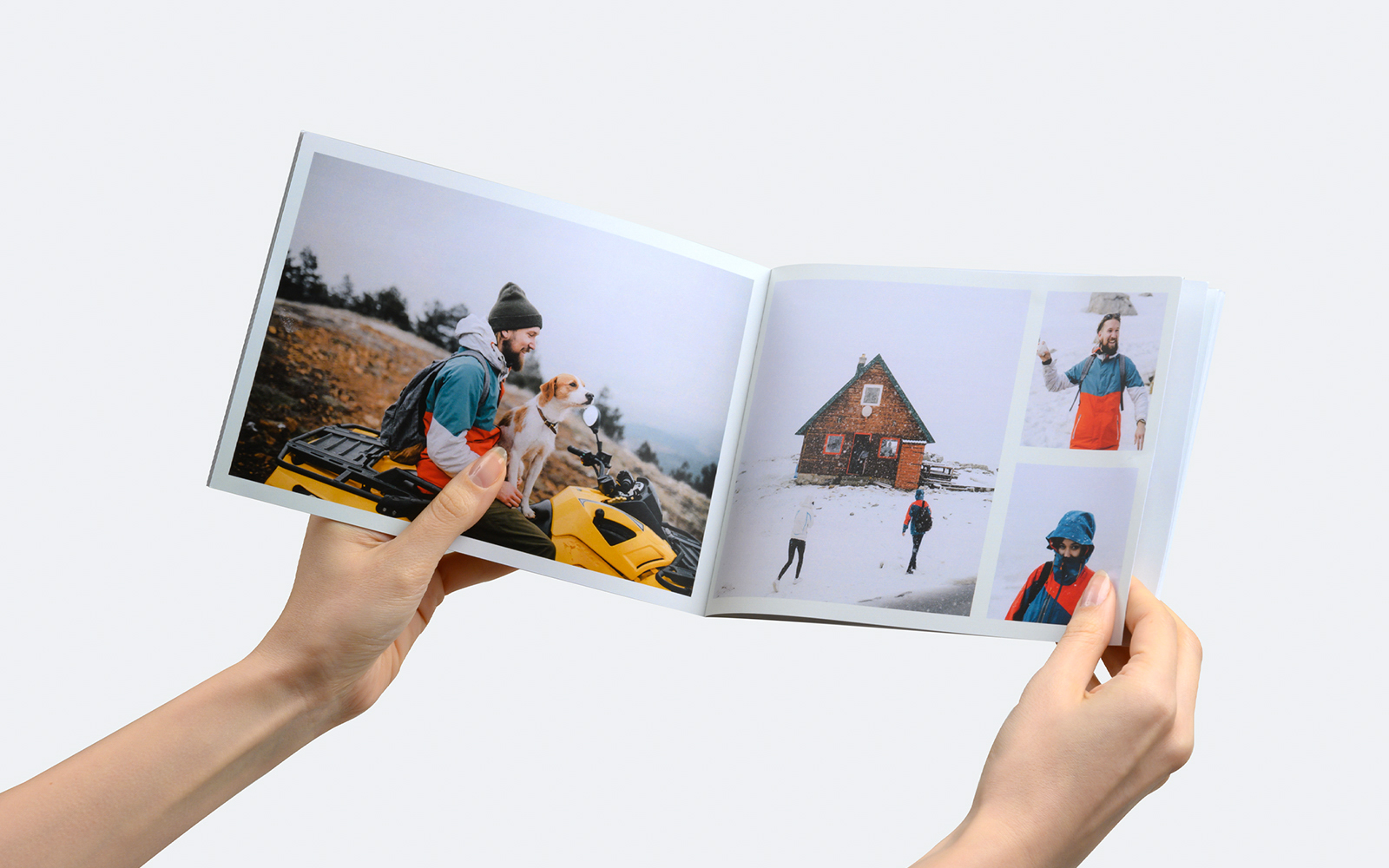Deck the halls with… you. Popsa expands its product range with personalised Christmas decorations
Ever wanted your family’s beautiful faces beaming at you from the Christmas tree? Of course you have, you’re only human...
Read more
Joining Popsa to help lead, manage and grow the Data Science team has been a great pleasure, as we have an extremely interesting challenge to tackle: to automatically discover stories in a user’s photo library that make great Popsa photobooks.

First of all, we have to discover wherein a user’s library an interesting story might live. One of the big challenges in doing this is that we want the process to be invisible and quick - ideally completing within a matter of seconds while someone is engaging with the Popsa app - with no data sent to the cloud for analysis. This will ensure good user experience, as well as protecting our users’ privacy, which is something that is very important to us as a company.
Wherever possible, we design our technology around a technique called edge computing, which means running our algorithms in the protected environment of our users’ own mobile devices, so that personal data can stay on their device and only a very limited amount of data travels to us.
Once we discover a group of photos that might make a good photo story, we need to figure out what type of story that is. For example, is it a wedding, a birthday or simply a night out in town? We use a technique called deep learning, as these types of algorithms have proven to be remarkably successful in object and scene detection. In a nutshell, the design of deep learning algorithms is inspired by how we think neural networks work in our own brain. So, just like children learn, we can teach a deep learning algorithm how to, for example, categorise an image by showing it large numbers of images that fit and don’t fit a certain category (e.g. is this picture a dog?) We utilise deep learning to teach our algorithms not only how to categorise photos but also to suggest potential titles for albums.

But what about all the photos that aren’t suitable for printing – perhaps due to bad lighting or a camera shake? Luckily deep learning algorithms can also learn to detect various different aesthetic categories such as blurry images. And, they can be really smart about this by learning what type of image has a filter, for example, a pleasing blur from a tilt-shift filter versus a completely blurry image due to bad focus.
Finally, and I think the most challenging issue is to make sure our users barely notice the technology or algorithms working away in the background. We work in collaboration with various teams within the business, including product designers and mobile app engineers to ensure Popsa customers get a seamless experience while using our mobile apps. It is important for us to enable people to tell their stories without the algorithms taking over too much.
About Chanuki Illushka Seresinhe When Chanuki is not at Popsa leading the Data Science team, she is a visiting researcher at the Alan Turing Institute (the UK national institute for data science and artificial intelligence). Her research has been featured in the press worldwide including the Economist, Wired, The Times, BBC, Newsweek, Spiegel Online, Guardian, Telegraph and Scientific American. She received her PhD from the Data Science Lab, Warwick Business School. Prior to embarking on her PhD, Chanuki had a successful design career that included running her own digital design consultancy for over eight years in London. Find out more about Chanuki here.